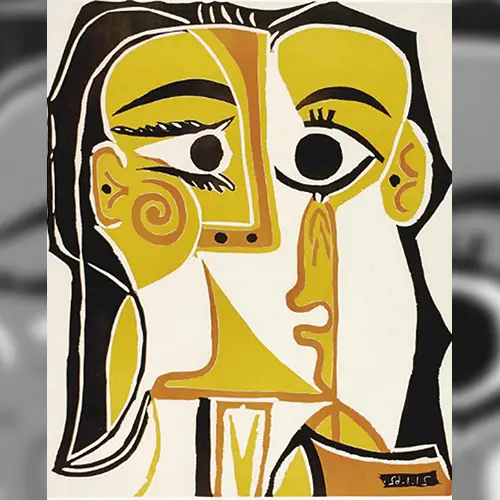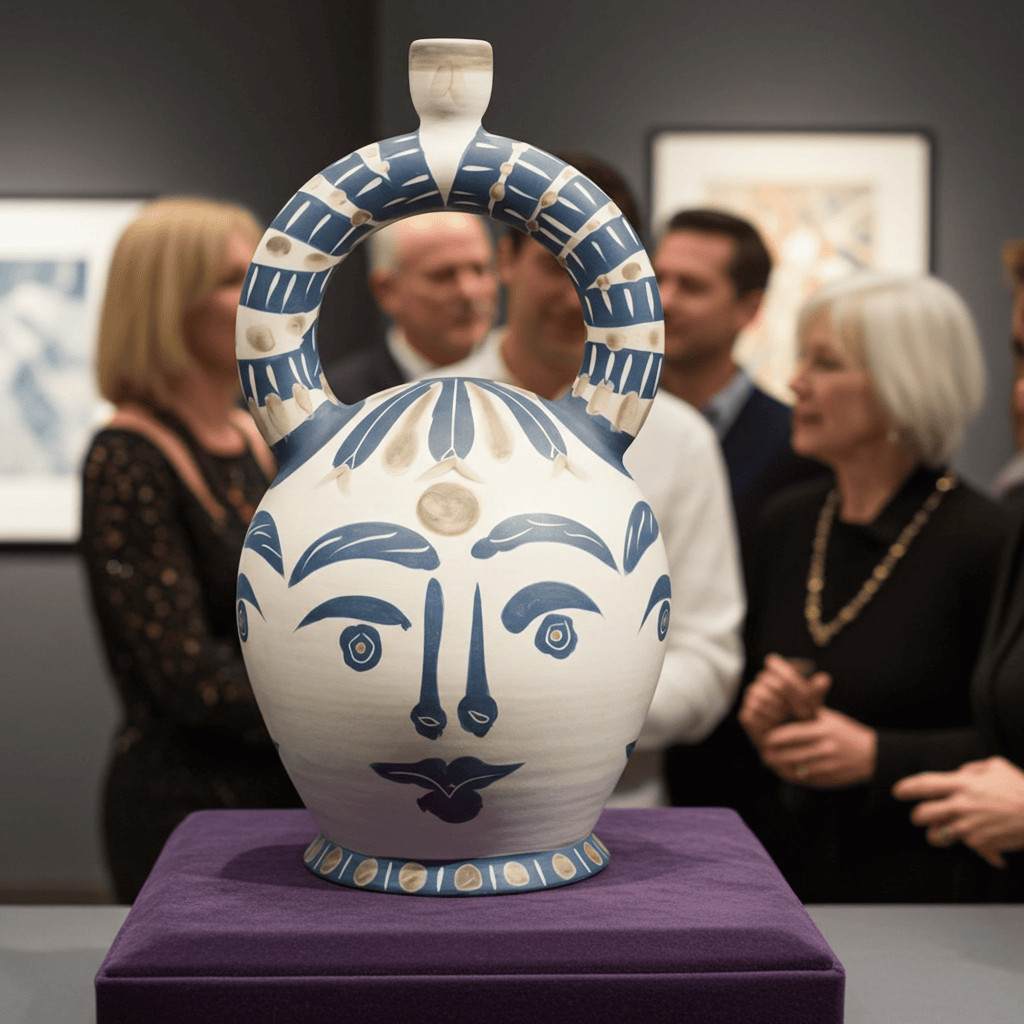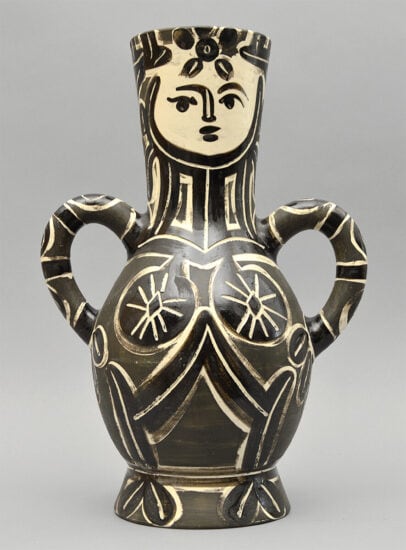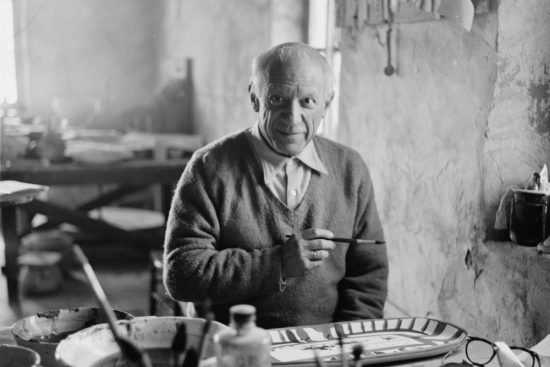Pablo Picasso, one of the most influential artists of the 20th century, had a significant and enduring relationship with the Madoura Studio in Vallauris, France. This essay will delve into the history of the Madoura Studio, Picasso's association with it, his collaboration with other artists there, and the impact it had on his artistic career.
The Madoura Studio was established in 1938 by Suzanne and Georges Ramié as a ceramics workshop. Picasso's connection with the studio began in 1947 when he visited Vallauris, a town known for its pottery tradition. Intrigued by the possibilities of ceramic art, Picasso started experimenting with clay at the Madoura Studio. He saw ceramics as an exciting medium that allowed him to explore new forms and techniques.
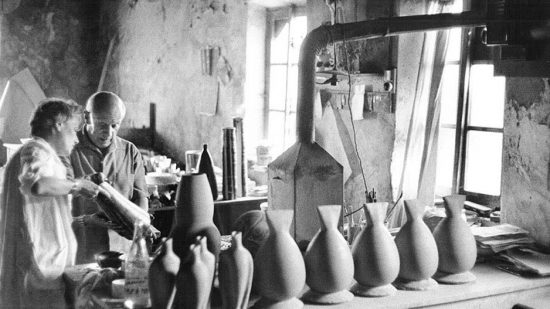
Picasso's association with the Madoura Studio spanned over 25 years, making it one of the longest and most fruitful collaborations of his career. The studio provided him with the necessary infrastructure, materials, and skilled artisans to bring his ceramic visions to life. Picasso's presence and involvement also contributed to the success and reputation of the Madoura Studio, attracting attention from collectors and art enthusiasts worldwide.
At the Madoura Studio, Picasso pushed the boundaries of ceramic art, showcasing his versatility and innovative approach. He transformed simple clay objects into imaginative and expressive artworks. Picasso's Madoura ceramics are characterized by their vibrant colors, whimsical motifs, and playful forms. He explored various themes, including mythological creatures, bullfighting scenes, and still-life compositions.
Picasso's collaboration with other artists at the Madoura Studio was also an integral part of his creative journey. The Ramié family, the founders of the studio, worked closely with Picasso, assisting him in translating his ideas into ceramic pieces. Suzanne Ramié, in particular, played a significant role in the technical aspects of ceramics, helping Picasso realize his artistic visions.

Furthermore, Picasso's interaction with other renowned artists who visited the Madoura Studio enriched his creative process. Artists like Marc Chagall, Fernand Léger, and Jean Cocteau were among those who explored ceramics alongside Picasso. Their exchange of ideas and artistic camaraderie fostered an atmosphere of collaboration and experimentation.
Picasso's engagement with ceramics at Madoura had a profound impact on his overall artistic practice. The tactile nature of working with clay allowed him to explore new textures and three-dimensional forms, which influenced his subsequent paintings and sculptures. The ceramic works from the Madoura period reflect Picasso's artistic evolution and his ability to adapt his style to different mediums.
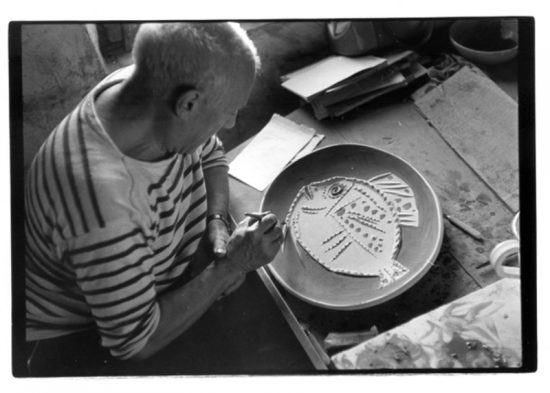
Furthermore, Picasso's ceramic works from the Madoura Studio brought him recognition and acclaim. The accessibility and affordability of ceramics made his art more attainable for a wider audience. Collectors and enthusiasts eagerly sought after his ceramic creations, contributing to the popularity and commercial success of the Madoura Studio.
Picasso's involvement with the Madoura Studio gradually declined in the early 1970s as he shifted his focus back to painting. However, the impact of his collaboration with the studio continues to resonate in the world of ceramics and contemporary art. The Madoura Studio itself remains a testament to Picasso's enduring influence, as it continues to produce editions of his ceramic works, even after his passing.
In conclusion, Picasso's connection with the Madoura Studio in Vallauris was a pivotal chapter in his artistic career. The studio provided him with the resources and support to explore ceramics as a medium, leading to a fruitful collaboration that lasted over two decades. Picasso's engagement with ceramics at Madoura expanded his artistic horizons, influenced his later works, and brought him recognition in new circles. The Madoura Studio stands as a significant milestone in the legacy of Pablo Picasso wake.

